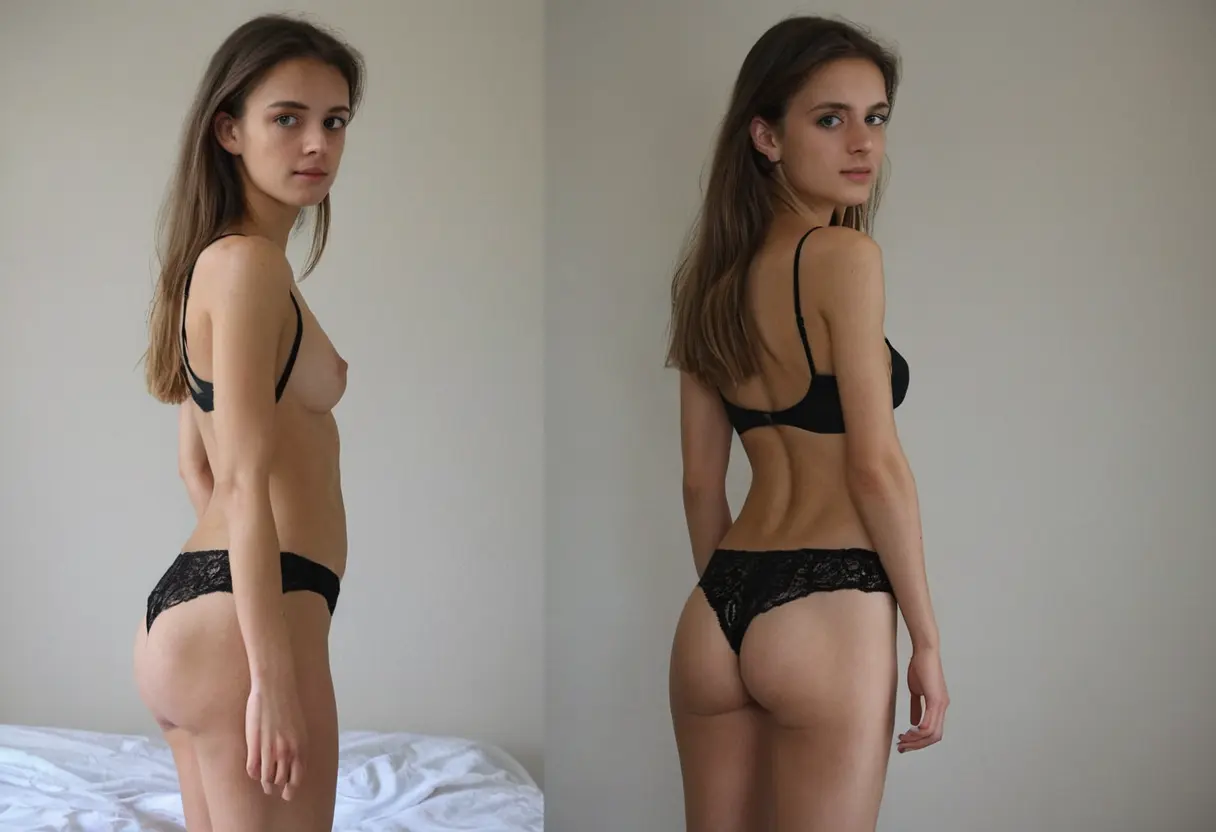Artificial Intelligence (AI) has significantly impacted many industries, and the fashion world is no exception. One of the most intriguing innovations emerging from this fusion of technology and creativity is the concept of undressing simulation. This AI-driven technology is revolutionizing how we perceive fashion, providing enhanced shopping experiences, improving garment design, and even enabling virtual try-ons. In this article, we will explore how AI is reshaping the fashion industry with undressing simulations, the technology behind it, its applications, and its potential future impact.
Undressing simulation refers to the AI-based technology that can digitally render and manipulate clothing on a human form. This process allows AI to simulate how garments would look when worn by a person, including providing a visualization of how clothing fits, drapes, and moves on the body. This virtual simulation can be done without requiring a physical model to try on the clothes, which offers various benefits in terms of convenience, efficiency, and cost-effectiveness.

At its core, the technology uses advanced machine learning algorithms, computer vision, and 3D rendering techniques to create realistic models of the human body and the clothing it would wear. The software can simulate a wide range of fabrics and textures, providing consumers and designers with an accurate preview of how clothes will look in real life.

One of the most notable applications of undressing simulation is in virtual try-ons. Online shopping has become increasingly popular, but one of the main challenges consumers face is the inability to physically try on clothes before purchasing them. AI-driven undressing simulations solve this problem by enabling customers to virtually "try on" clothing before they buy it, thus reducing the uncertainty associated with online purchases.

By using a photo or video of a user, AI algorithms can overlay clothing onto the person's image, adjusting the fit and appearance of the garment in real-time. This creates an immersive experience that mimics the feeling of trying on clothes in a physical store, but without the need for changing rooms or long waits. Virtual try-ons also make it easier for customers to experiment with different styles and combinations, improving their shopping experience.
In addition to improving the consumer experience, undressing simulation technology has made waves in fashion design. Designers can use AI to visualize and test new ideas before creating physical prototypes, saving time and resources. The AI system can simulate how new fabrics and styles will look on various body types, allowing designers to refine their creations and make adjustments with ease.
AI also enables more inclusive fashion design by allowing designers to see how garments would look on different body shapes and sizes. This technology helps to ensure that designs are flattering and functional for a broader audience, leading to more diverse collections and improving representation in the fashion industry.
Sustainability has become a central issue in the fashion industry, and AI technology is playing a significant role in reducing waste. Traditional garment production often involves trial-and-error, with many designs going through multiple iterations before they are finalized. This process generates excess fabric, unsold stock, and discarded prototypes. AI-driven undressing simulation can help mitigate this problem by allowing designers to test and refine garments digitally before creating physical samples.
By optimizing the design process, AI can reduce the need for physical prototyping, ultimately minimizing the environmental impact of fashion production. Moreover, by providing a clearer visualization of how clothing will look and https://www.undressaitool.com/fit, AI reduces the likelihood of returns, which is another major contributor to waste in the industry. This technology is a step towards creating a more sustainable and efficient fashion ecosystem.
As AI technology continues to evolve, its impact on the fashion industry is expected to grow even more profound. In the future, undressing simulations may become more advanced, offering more accurate and detailed representations of how clothes will look and feel in real life. With the integration of AR (augmented reality) and VR (virtual reality), consumers could have an even more immersive shopping experience, with the ability to see how clothes would look on them in various settings or lighting conditions.
Additionally, AI-powered fashion platforms could enable personalized shopping experiences, where the technology learns an individual's preferences, body shape, and style choices to offer tailored clothing recommendations. The potential for AI to influence fashion trends, production, and retail is vast, and it could lead to more sustainable, efficient, and customer-centric practices in the industry.
In conclusion, AI technology, particularly through undressing simulations, is revolutionizing the fashion industry in ways that were once unimaginable. By enabling virtual try-ons, improving design processes, enhancing sustainability, and providing more personalized shopping experiences, AI is changing the way we interact with fashion. As technology continues to evolve, the fashion industry is poised to become more efficient, inclusive, and sustainable. The integration of AI into fashion holds great promise, offering exciting possibilities for both consumers and designers alike.

Exploring the Rise of Undressing AI Platforms in

Is Undress AI Worth It A Detailed Review and Analysis

The Future of AI in Clothing Industry and Its Impact on Fashion Innovation

How AI is Shaping the Evolution of Web Technologies

How to Use Undress AI Without Registering or Creating an Account

Exploring the Impact of AI on Virtual Fashion and Digital Clothing Experiences